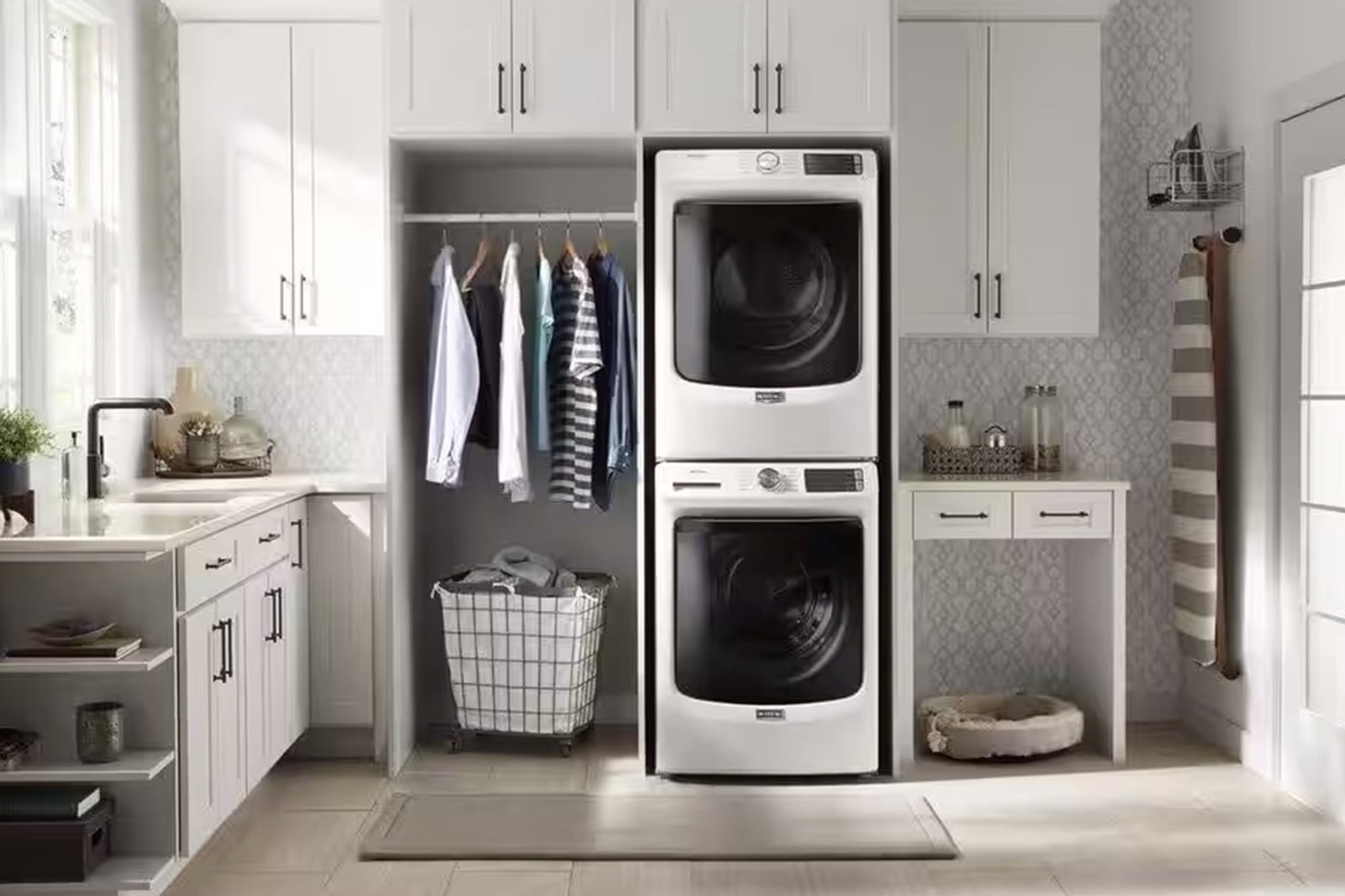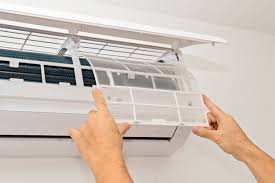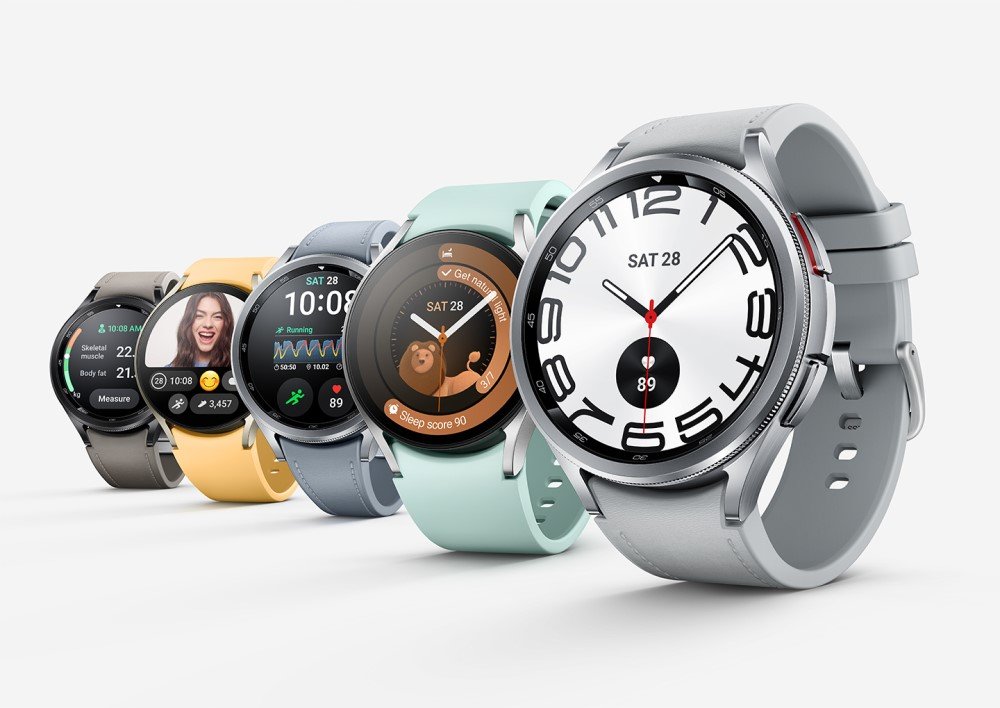Microsoft Windows is the most widely used operating system. Due to its large user base, a variety of third-party products are available that can improve the user experience and enable the completion of different tasks.
Microsoft updates its operating system frequently in order to support various devices and to fix any software or hardware errors. Additionally, regular Windows upgrades let you use the most recent peripherals with their updated capabilities.
However, unforeseen errors can still happen occasionally. And whenever they do, managing such issues can be very frustrating. So, when a peripheral device gives you trouble, one of the very first things you should see is if you have the most recent driver updates downloaded.
But, how do you know which drivers need updating and how can you update them on your Windows PC? Don’t worry we have got you covered. In this article, we are going to discuss the same.
Why Do You Need to Update Drivers on a PC?
There are various situations where you would require to update your system drivers:
Buying in a new PC: Your new PC or Laptop may already have Windows pre-installed, but there may have been a lot of updates released since Windows was set up. Hence, you should install the most recent updates as one of your first steps after configuring a new device.
Operating system updates: Your devices may get affected when Windows updates are installed, either automatically or manually. So, it will be easier to prevent any compatibility or functional issues if you install the most recent drivers for your device.
New peripherals: Installing the most recent drivers is a crucial step in ensuring that the device operates correctly when you install new peripherals, such as printers, keyboards, or storage devices.
Update the driver for that particular device as soon as you notice a malfunction or any abnormal operational behavior in it. Let us look at the different ways of updating system drivers quickly on your PC.
How to Update Drivers on a PC?
Windows provides a number of manual ways for updating your drivers. Also, you may update the drivers automatically through any of the best free driver updater software. However, let us look at the stepwise manual methods below.
Via Windows Update
The simplest method for keeping your Windows system up-to-date is by running the OS updates. Maintaining the security and functionality of your device requires downloading and running Windows updates.
It is advisable to keep the Windows Update running even if you don’t need to install any driver upgrades. To do so, follow the steps below.
- Simply hit the Settings icon on the Windows Start menu, choose Update and Security, and Windows Update will launch.
- There, you will be able to see the time and date of the last updated version. To use Windows Update, simply select the Check for Updates button.
Windows Update will perform a check for third-party devices like drivers and Microsoft updates in the catalog. Your system will download and install any identified updates. As soon as the updates are complete, Windows Update will inform you.
As part of the Windows installation, this update process is set up to run automatically and on a regular basis. However, you can set Windows Update to operate on your desired scheduled time. Although the program usually runs every day, it might not always identify and install something.
Read Also: Why Mac Is Better Than Windows? | You Must Know The Facts
Via Device Manager
Device manager, an application that comes preinstalled on Windows computers, enables you to manage the different installed devices and their drivers.
Keep in mind that this approach should only be considered if you know which device requires a driver upgrade. Additionally, updating device drivers for multiple devices requires updating each driver separately. Remember that you should only use this approach if you are certain which device needs a driver update.
Therefore, using the device manager to update drivers takes some time, technical expertise, and effort. Use a driver update utility instead, which updates all out-of-date drivers with just one mouse click if you don’t want to deal with the hassle of doing it manually.
However, here is how to upgrade drivers using Device Manager:
- Type “run” and hit “Enter” in the Start Search window.
- Then, type devmgmt.msc in the run dialog window and hit enter to continue.
- You can see every connected device in the Device Manager window. Identify the device that needs a driver update by browsing the list of devices. Right-click the appropriate device once you’ve located it, then select Properties.
- To install the most recent driver update, select Update Driver.
Windows will present you with two choices: Either you can let Windows look for the most recent driver online or you may download the driver from a driver file saved on your device.
Conclusion
In conclusion, keeping device drivers up-to-date is crucial for maintaining optimal performance, stability, and security of a Windows PC. It is important to ensure that only the correct and compatible drivers are downloaded and installed to avoid any issues or conflicts. Regularly checking and updating drivers can help prevent system crashes, software errors, and security vulnerabilities. Therefore, it is recommended to make it a regular habit to check for and update drivers to ensure the smooth functioning of a Windows PC.




